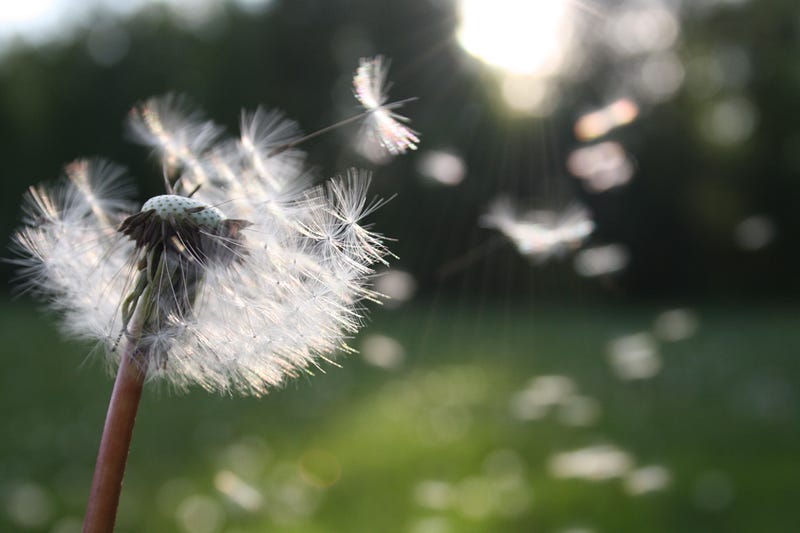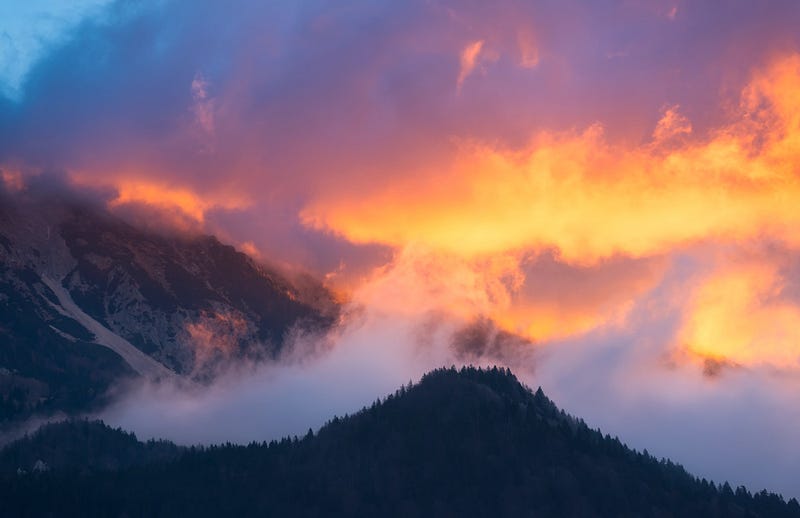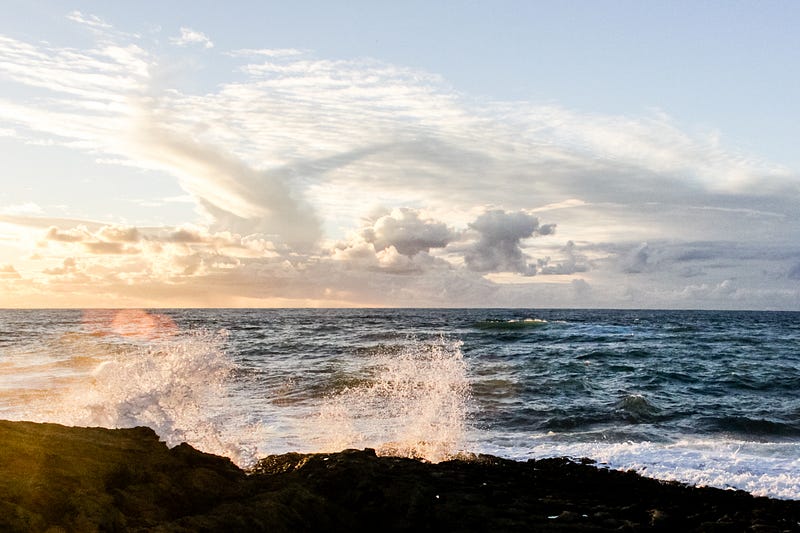
We don’t often think about the air we’re breathing, but we probably should-it’s not always just made up of the oxygen and nitrogen we need; it can also contain harmful pollutants like carbon monoxide, ozone, sulfur dioxide, and methane, along with tiny particulates like dust and pollen.
While most of these things are perfectly safe to breathe in small doses, weather and geography can sometimes work together to concentrate these pollutants to harmful levels, so it’s important to know how different weather conditions can affect your air quality.
1. Dry Wind + Springtime = Too Much Pollen
We don’t often think of pollen as a pollutant, but to allergy sufferers, it can be immobilizing. In dry, windy springtime weather those tiny pollen particulates become airborne, creating a yellow-tinged, sneeze-inducing fog, which can really irritate those with allergies and asthma. Best to shut the windows, close the doors, and make sure you replaced your home air filters.

2. Rain + Pollen (and Dust and Other Pollutants) = Relief!
There is some good weather news to report- a good rainfall acts like an air scrubber, cleaning the air of many contaminants, especially particulates. As the droplets of rainfall through the sky they attract and trap tiny particles like pollutants within the droplet and bring them to the ground, out of the air.
3. Cold Air + Combustion Engines = More Carbon Monoxide
We probably haven’t considered the weather conditions our car engines need to function properly, but did you know that cold air can actually cause the combustion reaction to be less complete, resulting in more carbon monoxide in the air? Add in the threat of wintertime inversions (see #4) and air quality near the ground in the colder months it can get less than ideal.
4. Snow + Sun = Inversion Layer
An inversion layer can happen when the ground is covered in snow on a sunny day: the ground remains cold because of the layer of snow, but the snow reflects the sunlight- and its warmth- back into the atmosphere. The resulting inversion layer is like putting a lid on a jar: it traps air inside, which means it can trap contaminants inside as well. This means pollutants from cars, factories, buildings, and everything else have nowhere to go.

5. Forest Fire + Valley = Trapped Air
A forest fire on its own is bad enough, but if it happens to end up in a valley, the smoke has little means of escape, and it can spread dangerous particulates throughout the air. As the smoke cools, that contaminated air settles down into the valley like soup in a bowl, making for hazardous breathing conditions.
6. Wind + Desert (or Severe Drought) = Airborne Dust
Anyone familiar with the “Dust Bowl” phenomenon of the 1930s knows that unwatered, unanchored soil like that found in drought-ridden or desert areas becomes airborne pretty quickly when the winds pick up. Flying sand can cause not only breathing problems, but also eye, nose, and throat irritation.
7. Warm Air + Pollutants = Ozone
When it’s high up in the atmosphere, ozone is a good thing- it protects us from the harmful rays of the sun. But when those same sun’s rays increase the temperature near the ground, the heat speeds up chemical reactions in pollutants, causing ozone to form near to the ground where we breathe it in. Breathing ozone results in the swelling of air passages if inhaled damaging the lungs and causing chest pain, shortness of breath and other not-so-great effects.

8. Coast + Winds = Great Air Circulation
Like rain, not all weather events are harmful to air quality- a coastal area with strong winds provides a healthy dose of air circulation, making it less likely that contaminants will get trapped in the air. There’s something to be said about some “vitamin sea.”
9. Extreme Weather + Industry = Increased Air Pollution
When extreme weather like hurricanes, tornadoes, and flooding strike, we’re more likely to be concerned about safety from wind and water and flying debris than we are about air quality, but those sorts of extreme conditions can also damage the safety measures put in place by industrial plants to keep pollutants out of the air. Be alert to changes in air quality after any natural disaster.
